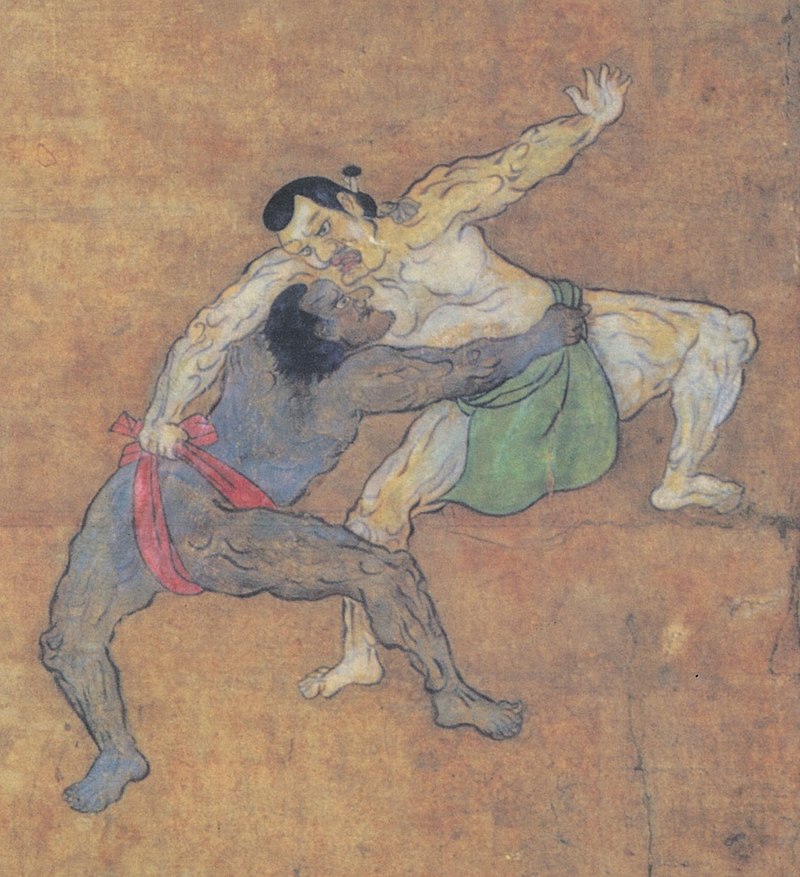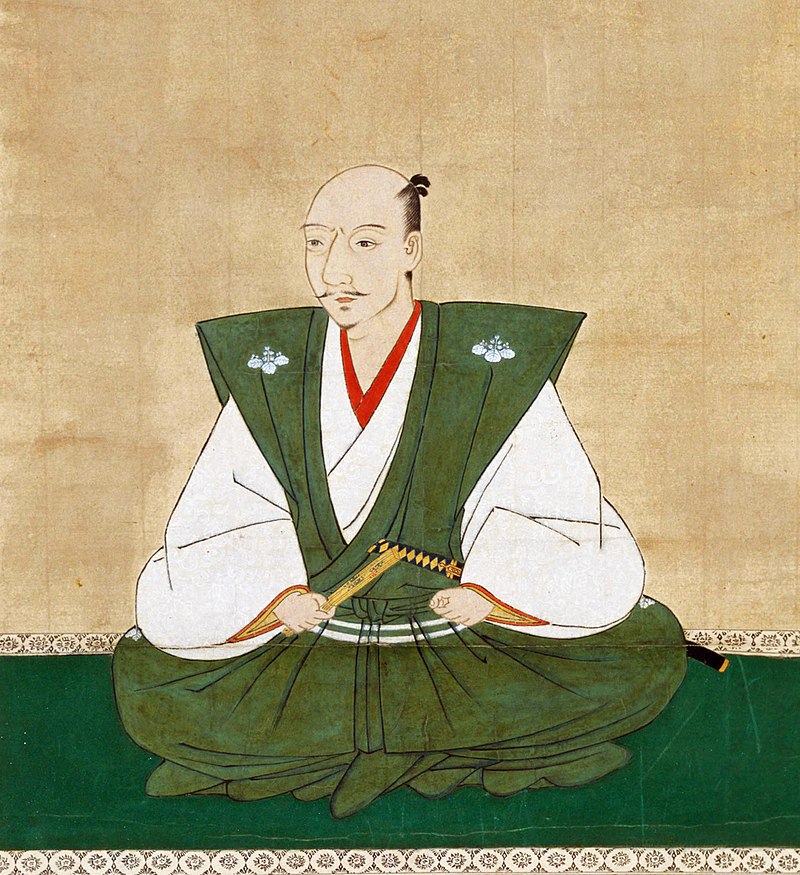Yasuke: The Afro-Muslim Samurai
10/04/2020Little is known of his past, but is estimated that he had been born between 1555 and 1566. According to the Jesuit missionary François Solier in his 1627-9 book Histoire Ecclesiastique Des Isles Et Royaumes Du Japon, Yasuke was a “Moorish (Muslim) kafr (infidel) ” from Mozambique who arrived in Japan in 1579 at the service of the Neapolitan Jesuit missionary Alessandro Valignano (1539 – 1606), sent to oversee the activities of Catholic missionaries in the Far East. The name by which he became known in the Land of the Rising Sun is perhaps a derivation of the Arabic names “Yasufe ” or” Ishaque ”, in the pronunciation of the Makuas, a Mozambican tribe from which his origin is traced.
The use of the term “Moorish” to describe Yasuke by Catholic Europeans in the sources does not refer to a mere purely racial African connotation, but in that context, specifically to an Islamic religious origins, since even Chinese Muslims were called Moors by European Catholic explorers from the region, although ethnically different from Arabs or Berber Maghrebians, as reported in the 16th century Portuguese Galeote Pereira‘s writings.

It is also not known why he joined the trip of the priests, speculating that he could have been originally an African Muslim mercenary from some Indian potentate, a ship soldier, something extremely common in the Indian Ocean of those times. These mercenaries were widely employed on vessels in the region, depicted even in the Ibn Battuta chronicles more than a century earlier, and to this day there is an entire community of African Muslims in India made up of their descendants, who were influential in the country’s Islamic history. François’ chronicle also mentions other Muslim slaves in the service of priests in various functions in the mission.
Leaving for Kiyoto in March 1581, Yasuke caused a huge uproar in the Japanese capital, and a crowd was jostling in fury to see that “strange” dark-skinned figure, unique there. The priests feared that the church they were in would be destroyed by the tumult of the crowd.
Hearing that pandemonium, the great daimyo Oda Nobunaga (1534 – 1582) who was staying in a nearby temple, went to meet the 1.88 m high Moor, doubting that his skin was real, making him wash himself waist up.
After being convinced that this was the man’s skin and admiring his strength, Oda sympathized with him, who was described as being well treated by the Jesuits, but with a strength ten times greater than that of normal men. Thereafter, Yasuke went into the service of the feudal lord, becoming the first foreign samurai in Japan’s historical records.

In May 1581, Yasuke went with Oda to his castle in Azuchi. It is said that he was sacred noble, earning his katana sword, and that his master was very fond of talking to him, which shows that he had learned something of Japanese previously in the mission of the priests.

In June 1582, Oda was attacked and, when defeated, was forced into self-suicide (seppuku) in Honnō-ji, Kyoto, by Akechi Mitsuhide’s army. Yasuke was also there at the time and fought against Akechi’s forces to defend his master. Immediately after Oda’s death, Yasuke joined Oda Nobunaga’s son and heir, Oda Nobutada, who was trying to enter Oda’s forces at Nijō Castle.
Yasuke fought alongside Oda Nobutada’s forces for a long time, but eventually handed his sword over to Akechi’s men. These asked Akechi what to do with Yasuke, and the latter said that the black man was a “stupid foreign beast”, so they should not kill him, but take him to the “temple of southern barbarians”, as Catholic churches in Japan were described.
It is said that the reason Akechi spoke in this way about Yasuke was the way of mercifully presenting reasons for not killing him. Since blacks were not discriminated against in Japan, but actually admired, even Buddha was often portrayed as black in Japanese temples.

However, perhaps Akechi also did not want to offend the Jesuits by killing a famous character previously linked to them, as he needed all the friends he could have in this moment of political turmoil.
There is no further written information about Yasuke after this episode, although another contemporary Jesuit, Luis Frois, in his “History of Japan”, mentions a black African gunner in the service of Arima Harunobu in 1584, just after last season for Yasuke with Oda Nobunaga, who may have been Yasuke.
Yasuke’s history abounds in references in pop culture since then, being portrayed in several books, games, manga cartoons and even a Mitsubishi car model was launched in his honor in Mozambique in 2016.
Bibliography:
–Histoire Ecclesiastique Des Isles Et Royaumes Du Japon, vol.1, p.444.
-Christian-Muslim Relations. A Bibliographical History Volume 11 South and East Asia, Africa and the Americas (1600-1700), pg 335.
-Lockley, Thomas, African Samurai: The True Story of Yasuke, a Legendary Black Warrior in Feudal Japan
-Mohamud, Naima (15 de outubro de 2019). «A incrível história do imigrante africano que se tornou um dos mais respeitados samurais no Japão no século 16»
